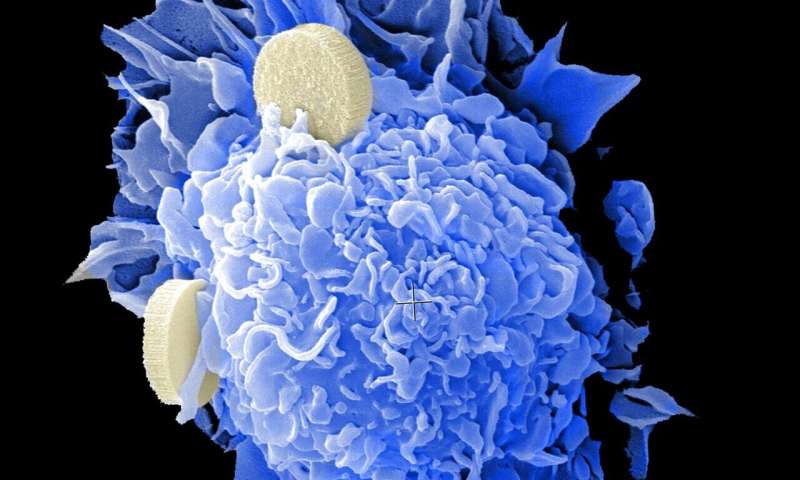lithium np 120 battery lausanne


New findings led by researchers at the American Cancer Society (ACS) show that five-year survivors of adolescent and young adult (AYA) cancer in the United States have a higher risk of developing and nearly double the risk of dying from a new primary cancer as the general population. The study was published today in the Journal of the National Cancer Institute.
“The risk of subsequent primary cancer among cancer survivors has been extensively studied among childhood cancer survivors, but relatively less is known about AYA cancer survivors,” said Dr. Hyuna Sung, principal scientist, cancer surveillance research at the American Cancer Society and lead author of the study. “These results strongly stress the need to expand research on and strengthen efforts for surveillance of subsequent cancers among childhood and AYA cancer survivors, as well as develop age-specific, exposure-based, and risk-stratified prevention strategies in this growing population of survivors.”
In this study, researchers sought to provide a comprehensive profile of the risk of developing and dying from subsequent cancers among survivors of 29 AYA cancers diagnosed during ages 15-39. The analysis included more than 170,000 individuals in 9 Surveillance, how long do the side effects of bactrim last Epidemiology, and End Results registries who survived five years since their initial cancer diagnosis from 1975 to 2013 in the U.S. Thirty-five years post-cancer diagnosis, one in seven survivors developed new cancer and one in 16 survivors died from new cancer. The risk among survivors overall compared with the general population was 25% higher for cancer incidence and 84% higher for cancer death. The types of subsequent primary cancer and the magnitude of the risk varied substantially by the first cancer type. However, female breast, lung, and colorectal cancers were the most common, constituting 36% of all subsequent cancers and 39% of all subsequent cancer deaths. Lung cancer alone represented 11% of all subsequent cancers and 24% of all deaths from subsequent cancers.
Source: Read Full Article